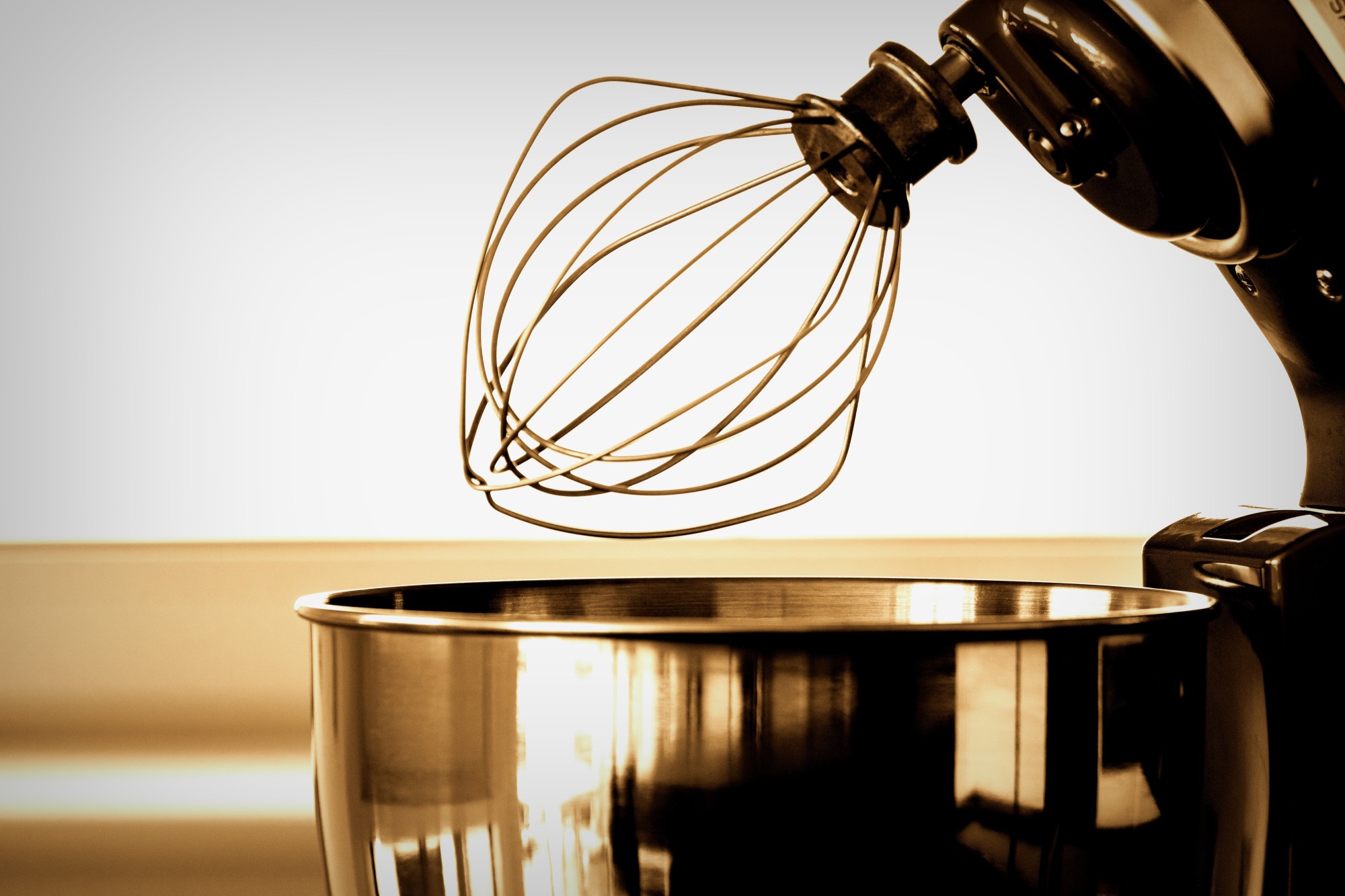Did you know the first automatic mixer was created more than a hundred years ago? The original mixer was an 80-gallon machine created by an Ohio engineer before 1918. In 1918, the home model was patented.
The mixers used today are a lot like their historic counterparts. They serve the same purpose but do it better. Today, industrial mixers can do things we once thought impossible.
Due to their increased capabilities, industrial mixers have been incorporated across manufacturing industries. If you own a manufacturing company, you’ve likely considered incorporating one into your business.
With so many types of mixers on the market, however, it can be hard knowing what you need. This article helps explain the different types of industrial mixers.
What is an Industrial Mixer?
An industrial mixer is used to mix materials in a manufacturing business. They’re also used in large-scale bakeries or restaurants.
Industrial mixers range dramatically in size. Laboratory mixers are small and used for testing recipes. Full-scale production mixers can be twenty or more times as large as a person.
Industrial Mixer vs Home Mixer
Many people use home mixers for baking cakes or blending mashed potatoes. The process behind these smaller mixers is relatively the same as their large industrial counterparts.
The most obvious difference is size. Home mixers are significantly smaller than industrial mixers. This is because the batches they make need to be smaller. Industrial mixers can be a hundred or even a thousand times the size of home mixers.
Another difference is their capacity. Home mixers can do the same work as, say, high viscosity mixers. They have limitations because they aren’t made from industrial-strength materials.
This is fine for small projects at home. But, it wouldn’t work well for manufacturing companies.
Types of Mixers
There are many different types of mixers. Each one serves a specific purpose. There is some overlapping in the capabilities or purposes of mixers.
This list isn’t all-inclusive. It does, however, take a look at the most common types of mixers for industrial purposes.
Tumblers
A tumbler is also known as a tumble mixer. It’s meant to be used for dry ingredients. It is possible but rare for them to be developed to hold liquids.
Gravity plays a big roll in how tumblers fulfill their job. Gravity plays such a big roll in the mixing process that drum baffles aren’t always needed.
There are different designs for tumblers. The most common configurations are V-blenders, double cone blenders, and octagonal blenders.
Static Blender
A static blender is often known as a ribbon blender. This is because long, intersecting paddles that look like ribbons are used. These unique paddles can take out all lumps in dry powders.
Static blenders are often used by pharmaceutical manufacturing companies for their powder blends. A static blender can also be used on solids but isn’t meant for liquid mixing.
Paddle Mixer
This is the type of mixer most people are familiar with. It is also the one that most resembles the kind of mixer you have at a home.
The paddle is attached to a central axis that turns and rotates to combine the mixture. It is most often configured as a large bowl and is often used in bakeries or restaurants.
You can use a paddle mixer for solids or wet-dry combinations. It can also be used for viscous and slurry liquids.
Agitator
This operates like a washing machine. There is a central paddle which remains stationary while the drum rotates around it.
The paddles can be axis or radial. Axis paddles are oriented at a ninety-degree angle to the plane rotation. Radial paddles are set up parallel instead.
These types of industrial mixers are good for combining two liquids, or a liquid with a gas.
Emulsifying Mixers
These are used for immiscible liquids. That means they wouldn’t naturally mix and have to undergo a special process to be combined. One prime example is oil and water.
These machines have to be powerful to combine liquids that would normally stay separate. To do it, they use high pressure, shear, and isolated vacuum-filled equipment.
Homogenizers
These industrial mixers are used to are designed to combine two liquids or a liquid with a solid. They apply extreme force, shear, and high pressure to homogenize mixtures.
Heavy-duty Mixers
Heavy-duty mixers are designed to handle difficult materials. Materials with very high viscosity ranges like putty would break a normal blender. That’s why these mixers are created with extra durability and stronger materials.
How to Choose the Right Industrial Mixer
Knowing how many options there are, you might be confused which is right for your manufacturing business. Below are a few considerations to make when choosing the right industrial mixer.
- What size mixer do you need? A large-scale bakery will need something smaller than a commercial baking mix company.
- What materials will you be working with? The same machines that work to combine dry ingredients don’t usually combine dry with liquid.
- Do your products need a specific process? If you’re making sunscreen, for example, you’ll need an emulsifier. Most dairy companies use homogenizers.
- What is your budget? To ensure a high return on investment, you need to consider how much your company can afford to spend. This will restrict your industrial mixer options.
Answering these questions should help you make a better decision. Some manufacturing companies will need more than one industrial mixer.
Need More Information?
Do you still have questions about the types of mixers for industrial applications?
Check out our website to find more information that will help you learn what you need to know about mixing equipment.

